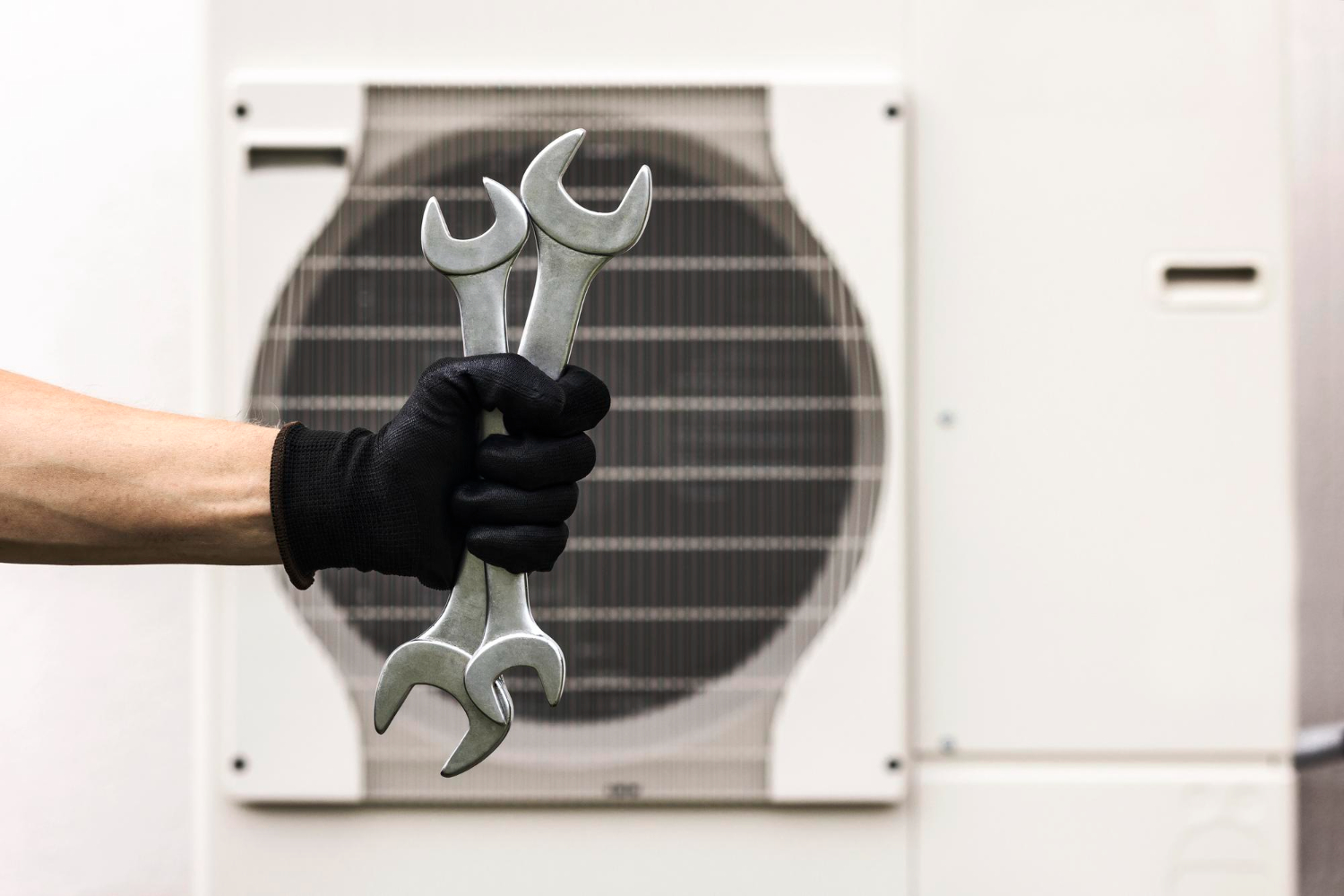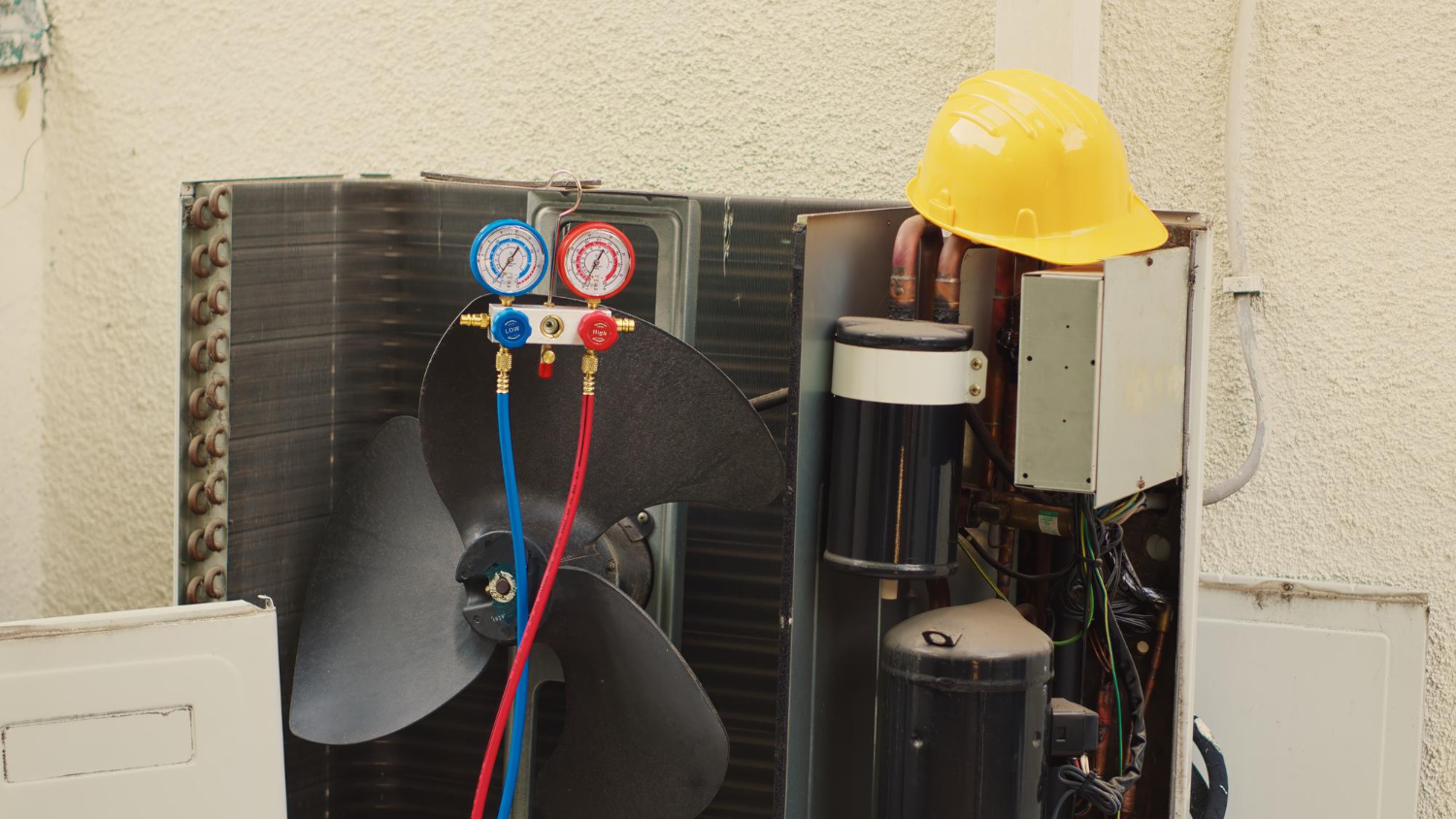Selecting the right furnace for your home is a critical decision that impacts not only your comfort but also the efficiency and longevity of your heating system. With various options available, it can be challenging to determine which furnace best fits your needs.
Understanding Your Home’s Heating Needs
Before selecting a new furnace, it’s essential to understand your home’s heating requirements. Start by evaluating the size of your home. Larger homes typically require more powerful furnaces to ensure even heating throughout. Conversely, smaller homes can often be well-served by less powerful systems. The layout of your home also plays a role, as multiple levels or unique architectural features can impact heat distribution.
Insulation is another crucial factor. Homes with good insulation retain heat more effectively, allowing furnaces to work more efficiently. Check the condition of your insulation in the walls, attic, and floors. Proper insulation can reduce the strain on your furnace, prolonging its lifespan and lowering your energy bills.
Additionally, consider the climate in your area. If you experience harsh winters, a high-efficiency furnace may be necessary to keep your home comfortable. On the other hand, milder climates might not require as powerful a system. By thoroughly assessing these factors, you can determine your specific heating needs and find a furnace that matches them perfectly.
Types of Furnaces: Pros and Cons
There are several types of furnaces available, each with its own set of advantages and drawbacks. Understanding these can help you make an informed decision.
1. Natural Gas Furnaces: These are among the most common types in many households. They are generally cost-effective and efficient, providing steady and powerful heat. One downside is that they require access to a natural gas line, which might not be available in all areas.
2. Electric Furnaces: Electric furnaces are an excellent option for homes without natural gas access. They are typically less expensive to install but can have higher operating costs due to electricity prices. They are also known for being safer and easier to maintain.
3. Oil Furnaces: Oil furnaces provide efficient heating and are a good choice in areas where natural gas is not accessible. They can be more complex to maintain because they require regular fuel delivery and storage.
4. Propane Furnaces: Propane furnaces are similar to natural gas furnaces in their operation and efficiency. However, they require a propane tank and regular refills, which adds an extra maintenance step.
Key Features to Consider in a Furnace
When choosing a new furnace, several key features should be considered to ensure you select the best system for your home. One of the most important features is the furnace’s energy efficiency. High-efficiency furnaces, measured by their AFUE (Annual Fuel Utilization Efficiency) rating, can significantly reduce energy costs and environmental impact. Look for models with higher AFUE ratings for optimal performance and savings.
Another important feature is the type of blower motor used in the furnace. There are two main types: single-speed and variable-speed motors. Single-speed motors operate at full capacity at all times, which can be less efficient and noisier. Variable-speed motors adjust their speed based on the heating needs, providing more consistent temperatures and quieter operation.
Consider the furnace’s size and capacity. An oversized or undersized furnace can lead to inefficiency, frequent breakdowns, and uneven heating. It’s crucial to have our professionals perform a load calculation to determine the appropriate size for your home.
Lastly, think about additional features that can enhance comfort and convenience. Features like programmable thermostats, zoning systems, and advanced filtration can improve indoor air quality and provide better control over your home’s heating.
Scheduling Professional Installation
Once you have chosen the right furnace for your home, the next step is to schedule a professional installation. Proper installation is vital for the efficiency and longevity of your new furnace. Our experienced technicians ensure that the furnace is installed correctly and safely, adhering to all local codes and manufacturer guidelines.
Before installation day, prepare the area where the furnace will be placed. Clear any obstructions to provide easy access for our technicians. If you have an existing furnace, make sure to arrange for its removal. This will help make the installation process smoother and quicker.
During the installation, our technicians will carefully connect the furnace to your home’s ductwork, electrical system, and fuel supply. They will also test the system to ensure it is operating correctly and efficiently. After the installation, take the time to walk through the system’s features and maintenance requirements with our technician. This will help you get the most out of your new furnace and ensure it serves your home well for years to come.
Conclusion
Choosing the right furnace and ensuring a seamless installation process are crucial steps in maintaining a comfortable and efficient home. By understanding your home’s heating needs, evaluating the different types of furnaces, considering key features, and scheduling a professional installation, you can be confident in your decision and enjoy reliable heating throughout the cold months.
At Temperature Control Services Inc, our professionals are committed to providing top-notch furnace installation in Creedmoor. Our trained technicians are ready to assist you in selecting the best furnace for your home and ensuring it is installed with care and precision. Don’t compromise on your comfort—contact us today to schedule your appointment and experience the difference that professional service can make!





